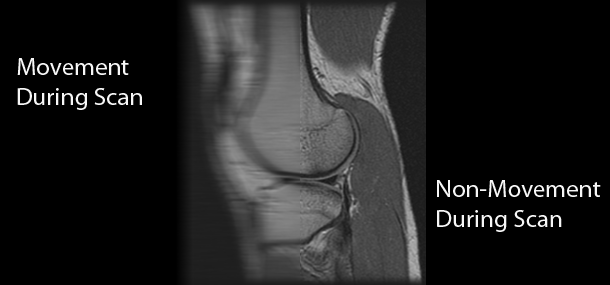

As many of you know, motion in pictures can cause blurriness and shadowing, which sacrifices the clarity of the photographs. Much like trying to capture a fast-paced football game or a squirming baby, it can be hard for us at Cincinnati Children’s to obtain quality pictures while your child is awake and moving. With younger children, it’s even harder for them to understand the concept of holding completely still. Luckily, we have the options of general anesthesia (GA) or sedation.
There are a lot of similarities between sedation and GA and the preparations associated with them, but the criteria for each have a few differences as well.
Both: Both require a pre-evaluation from our anesthesia staff to ensure that your child is healthy enough and that the medication is appropriate for him or her. During this evaluation, we review your child’s medical and surgical history and perform a physical exam. All of this information is communicated to the anesthesiologist for approval. Dieting restrictions for both are exactly the same and are explained in detail prior to the imaging appointment. The overall effects of the medications typically wear off within 8-24 hours.
Sedation: Sedation is administered and monitored by a registered nurse and overseen by our anesthesiologists. It is considered a “lighter sleep,” meaning your child is asleep, but can still be stimulated by touch, light, or sound. This form of medication is used for procedures that take an hour or less and for children weighing 60 pounds or less. Generally this option is only utilized for children without complex medical histories and for non-invasive procedures. Sedation can be administered orally or through the placement of an IV. The anesthesiologist determines the appropriate method (oral or IV) after the initial assessment of your child.
General Anesthesia: GA is administered by a certified registered nurse anesthetist or an anesthesiologist. It is considered to be a “deeper sleep,” meaning it is more difficult to stimulate your child, allowing us to do longer, more invasive procedures without waking them. Typically we use this method for older patients who weigh more than 60 pounds and patients with more complex medical histories. GA can be administered through mask inhalation from an anesthesia machine and/or IV medication. Ultimately, the anesthesiologist decides which method will be used based on his or her medical opinion and your child’s needs.
Finally, there is always the option to attempt the scans without any sedation or general anesthesia. Child Life Specialists can be available to assist with any non-sedate attempts and exams can be rescheduled if the no-medication route does not work.
Contributed by Kelly Dunn (RN) and edited by Tony Dandino.